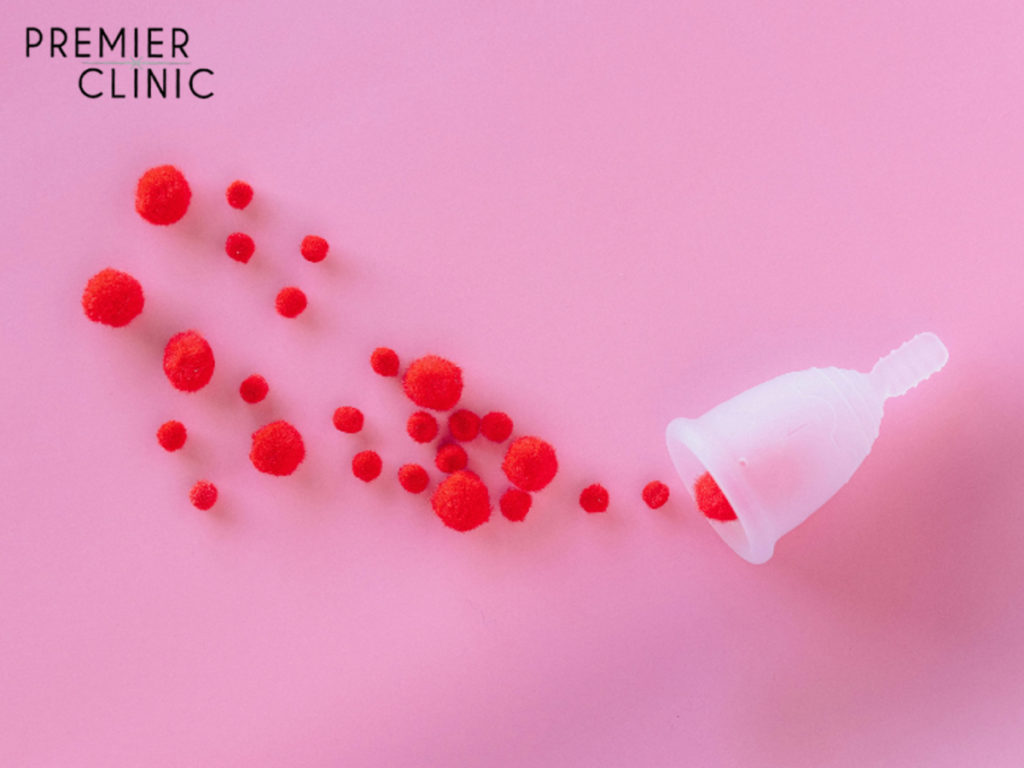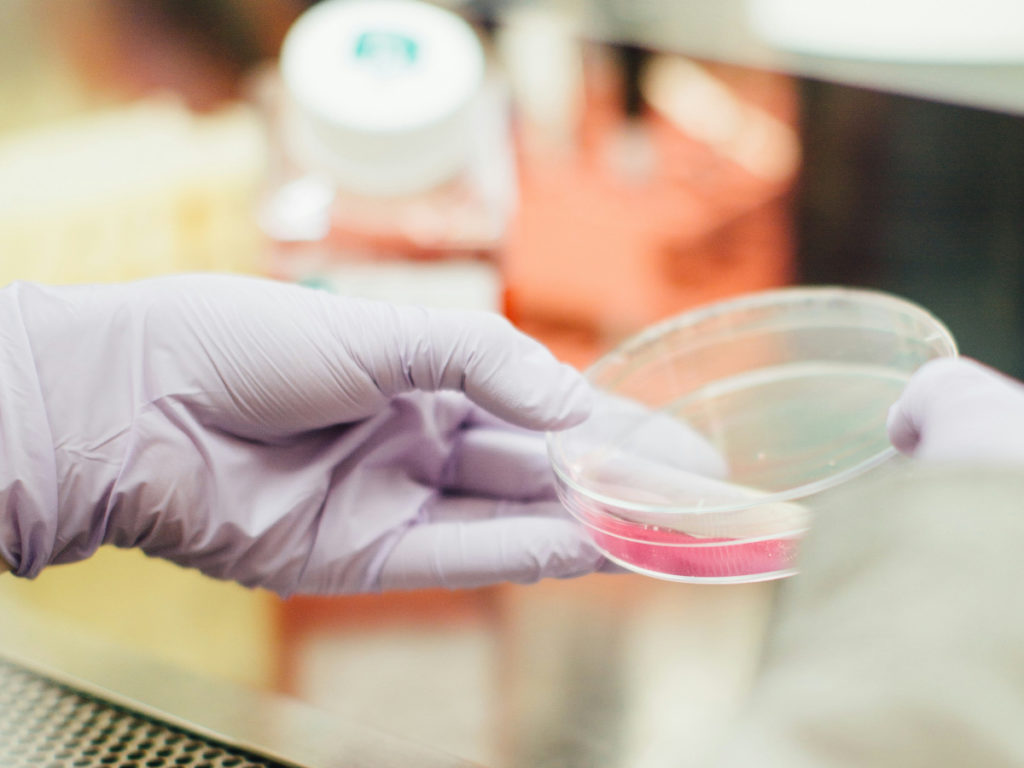VAGINAL HEALTH MATTERS: THE IMPORTANCE OF REGULAR VAGINA SELF-EXAMINATION (VSE)

When you notice any skin irritation on your face, such as rashes, redness, swelling or itchiness, you would normally see a skin doctor to determine the causes and to offer solutions. This is what we usually do, right?
But, what if you ever notice any abnormal itching, redness or new lesion you have never seen before on your vaginal?
Do you perform a vaginal self-exam first, or do you run to the doctor, screaming “HELP”?!

Don’t fret! Although, for the most part, we need a healthcare provider to determine if there are any abnormalities that may need medical attention, some aspects can be self-accessed.
In this article, we will discuss the procedures on how to do a vaginal self-exam and why it is important.
WHAT IS A VAGINAL SELF-EXAM?
A vaginal self-exam (VSE) is one way for a woman to inspect or look at her vulva and vagina. The vulva refers to a woman’s external genitalia, which consists of the inner and outer labia (lips), the clitoris, and the vestibule or the vaginal opening.
On the other hand, the vagina connects the vulva to the cervix, serving as the passage for menstruation, sexual intercourse and childbirth.
WHY A VAGINAL SELF-EXAM IS DONE?
Before learning the steps on how to do a vaginal self-exam, you must first know why it’s done. Primarily, there are two reasons for VSE:
- Help you learn more about your body and check how it’s doing from time to time. Doing this allows you to observe the changes in your vulva and vagina during the menstrual cycle.
- Help you check for vaginal sores, abnormal discharge, lumps, bumps, markings or other problems. Sometimes lumps and bumps can be cancerous, or turn into cancer.
WHEN TO START VAGINAL CHECKS AND HOW OFTEN TO DO THEM?
To find out if something out of the ordinary is happening to your external genitalia, you must regularly perform VSE. If you regularly examine your vulva and vagina, you’ll immediately know when some things are not normal. This can be done at least once a month, or as often as you want.
HOW TO PERFORM A VAGINAL SELF-EXAM?
To do a vaginal self-examination, you will need:
- A small flashlight or good lighting in the room.
- A handheld mirror with a long handle.
Choose a time when you are not having a menstrual period. Do not use vaginal creams or douches before doing the examination.
HOW IT IS DONE
Have the mirror and flashlight where you can easily reach them. Wash your hands. Sit on the floor, a bed, or a couch and support your back with pillows. Bend your knees, place your feet near your bottom, lean slightly backward, and spread your knees apart so your genital area can be seen.
START THE EXAMINATION
Hold the mirror in front of your genital area. Look at the:
- Outer and inner fleshy lips of the vulva (called the labia) – They are normally fatty and covered with hair, and surround the labia minora (inner lips).
- Clitoris – Bump of tissue covered by a hood of skin at the front of the labia (called the clitoris). The clitoris is the main area that is stimulated during sexual activity.
- Inspect your vagina – Spread the vaginal lips gently to take a look at your vagina. You may find it easier to do this by propping the mirror and holding the flashlight.
- Check your vaginal discharge – Finally, check your vaginal discharge.
HOW IT FEELS DURING YOUR VAGINAL SELF-EXAM
Relax your pelvic and abdominal muscles during the vaginal self-exam. Discomfort should be minimal, unless you have an infection or open sore. VSE may feel awkward at first, but when done regularly, you’ll be more at ease with it.
WHAT IS NORMAL, AND WHAT IS NOT?

Vaginal self-examination
| Normal | The vulva does not have sores or other growths, such as genital warts. |
| The vaginal walls are reddish pink and have folds or ridges. No sores or growths are present. | |
| Normal discharge is clear and thin or white and creamy. The discharge does not have a bad odour, is not bloody, and does not look like curds (cottage cheese). | |
| Abnormal | Skin sores or raised spots, like genital warts, might be visible. Redness and labia itching could indicate irritation (from products or sexual activity) or infection (eg. genital herpes or another sexually transmitted infection). |
| Vaginal discharge that has a bad odour may mean an infection such as trichomoniasis is present. Discharge that looks like curds may mean a vaginal yeast infection is present. |
WAYS TO MINIMIZE STRONG VAGINAL ODOUR

If you have strong vaginal odour,
- Wash regularly with warm water and gentle soap
- Avoid heavily scented products
- Stay hydrated
- Avoid tight clothing
- Wear cotton underwear
WHEN TO SEE A DOCTOR

In the table provided on what is normal and not normal for VSE, we have discussed what the normal findings are supposed to be. If you notice anything that’s not normal, then you need to consult a doctor for a proper diagnosis.
Premier Clinic has several vaginal rejuvenation treatments in the form of laser and injections to treat vaginal issues such as vaginal dryness by increasing lubrication of vagina and restoring vaginal balance.
To ensure your comfort and privacy during the process, you will undergo consultation and treatment with our female doctors. Please contact us for further information related to women’s sexual health problems:
Whatsapp: https://wa.me/60126625552
Call: +6012-662-5552 (Malay/English)
Call: +6012-773-2074 (Chinese speaking)
Email: contactus@premier-clinic.com
REFERENCE
Related posts
Join The Beauty Loop
Be the first to know about our time-limited, exclusive promos

